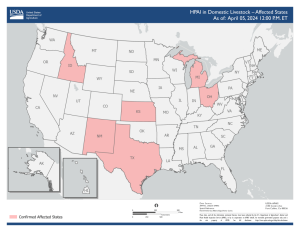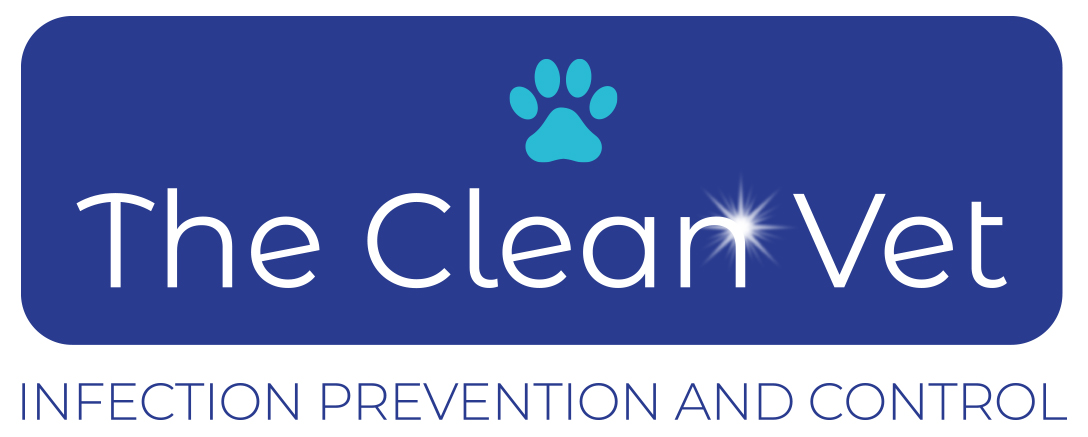
The last couple of weeks have been abuzz with reports of cattle contracting Highly Pathogenic Avian Influenza (HPAI) H5N1 in the USA. So far, six states have reported dairy cattle to be positive. Migratory wild birds are suspected to be the source of infection for the cattle. Farmers need to identify any animals with clinical signs, isolate them from the remainder of the herd and other animals on the farm and notify relevant authorities. Good biosecurity and infection prevention and control practices need to be revised and maintained. The attached image and additional information can be found at USDA Confirms Highly Pathogenic Avian Influenza in Dairy Herd in Idaho | Animal and Plant Health Inspection Service
The past 12 months has seen many mammals, including humans contract HPAI.
The message to maintain standard precautions for anyone working with or handling animals will help to reduce the risk of disease transmission.
- Perform frequent hand hygiene, especially between handling animals
- Carry alcohol-based hand rub (hand sanitiser) with you and use it frequently
- Cover any broken skin on your hands with waterproof dressings
- Wear a surgical mask as a minimum
- Change outer garments (overalls etc) and scrub boots before leaving a property
- Dispose of any waste correctly
- Do not allow those at highest risk to be involved with animal care if there are concerns (immunocompromised, very young, very old)
- Alert authorities if you find a dead bird – do not touch it of you have not been trained to do so.
- Wildlife Health Australia has some good information available:
- General public – WHA_Avian_Influenza_Wild_Bird_Disease_Notification_General.pdf (wildlifehealthaustralia.com.au)
- Veterinarians and animal health professionals HPAI_Advice_for_veterinarians_and_animal_health_professionals.pdf (wildlifehealthaustralia.com.au)
